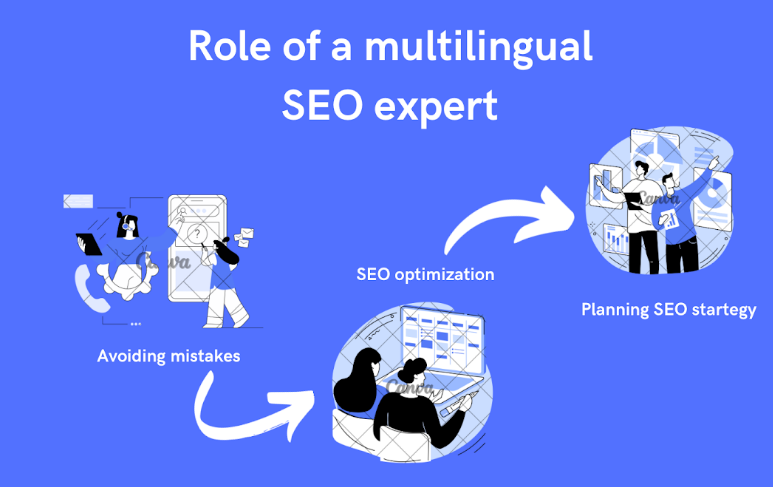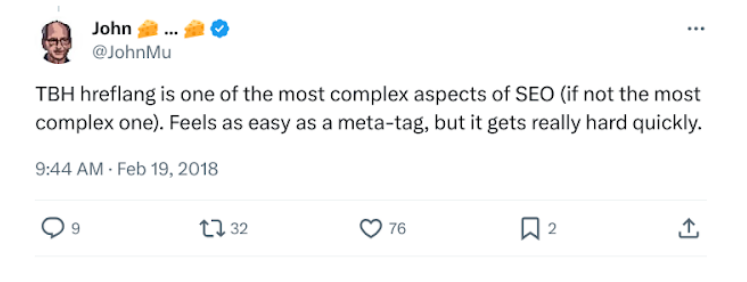
Why waste time, resources, and energy crafting great content if only a few people will be able to consume it? That’s what happens if you only optimize your content for local SEO; you miss out on a large portion of viewers that are your international audience. By localizing and translating your website, you can easily communicate with potential global clients about your products and services.
Multilingual SEO can help you drive more traffic to your website than a single-language site and have higher returns on your investment because you become accessible to a wider audience. You will not only be visible to them, but a well-structured Multilingual SEO strategy helps your website to rank well in search engines across different languages and regions.
A good Multilingual SEO strategy can help you surpass your competitors in your industry by accessing and communicating with a new segment of the global audience, improving your chances of appearing on the first page of search engines before them. Adapting your content makes you searchable in new markets and able to reach clients from different countries who will find your website through organic search.


So, as you can see, expanding your business into new regions isn’t an easy task. It demands a carefully crafted multilingual SEO strategy done by professionals. By prioritizing localization, optimizing for local search engines, and developing a targeted marketing approach, you can ensure the best for your business.
If you think that your business relates to any of the points above, it’s time to invest in a multilingual SEO strategy to increase your audience across various markets. Still not sure where to start? Our agency offers a free website check-up to analyze what needs to be done and ensure your digital foundations are properly in place before you invest, so it’s time to request yours today!